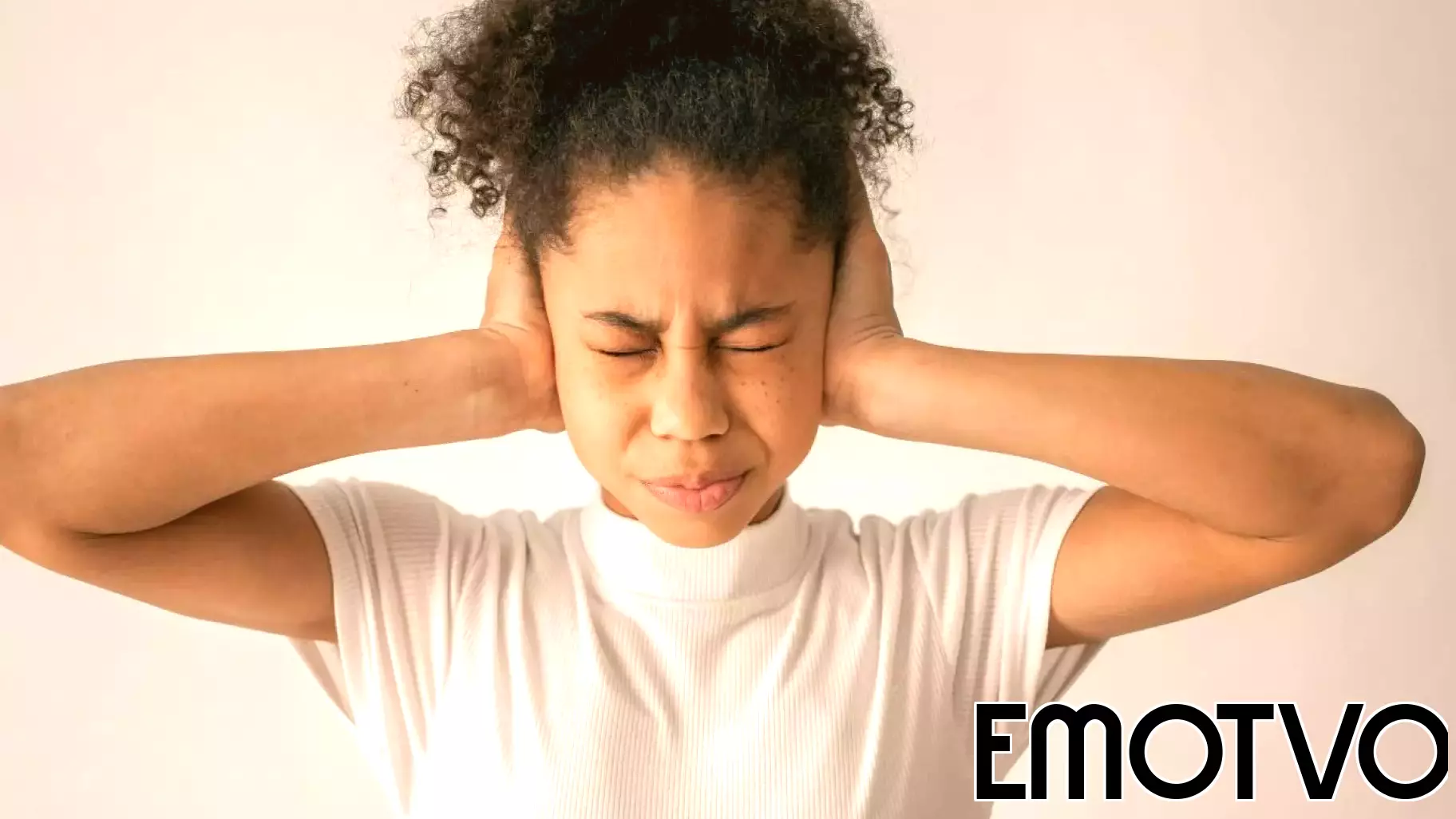December 25, 2024 - 01:44

Misophonia is commonly perceived as a condition primarily linked to sound sensitivity. However, recent research highlights that visual context plays a crucial role in how individuals experience this disorder. Traditionally characterized by intense emotional reactions to specific sounds, such as chewing or tapping, misophonia has been largely studied through an auditory lens.
The new findings suggest that the environment in which these sounds occur can significantly influence the severity of misophonic responses. For instance, seeing a person engage in a triggering behavior can amplify the emotional distress associated with the sound. This connection between visual stimuli and auditory triggers underscores the complexity of misophonia, indicating that treatment approaches may need to consider both auditory and visual elements.
As researchers delve deeper into this multifaceted condition, the insights gained could lead to more effective coping strategies and therapeutic interventions for those affected by misophonia, ultimately enhancing their quality of life.



